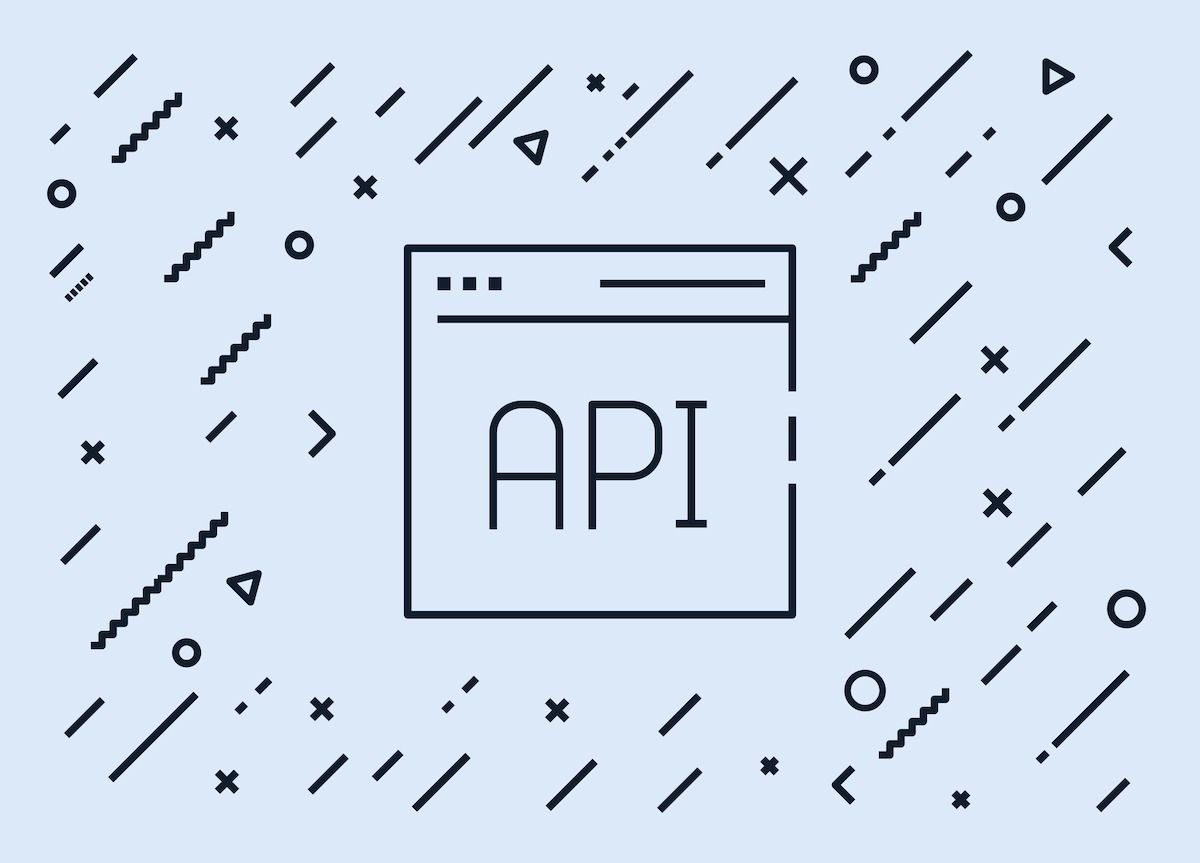You can REST and Genestack’s APIs will do the work for you
APIs are pieces of code that enable any client to query a database by very simple programming commands, with no knowledge of the database structure required. Read on and learn more about APIs and why they are important if you are a life-science researcher or data manager.
What are APIs?
Application Programming Interfaces or, in short, APIs. What are APIs? Do you wonder why everyone is talking about them?
You’ve come to the right place. Our Product Manager and data expert Amy Tang explains what APIs are, why they are so relevant and useful to the work of bioinformaticians, and how the users of Genestack’s Genestack ODM can leverage on the power of APIs to import and export Life Science Data effortlessly, run scalable cross-study queries, and more.

“I understood how powerful APIs are when I was working at EMBL-EBI,” begins Amy. “In that role I could access directly the biological data in EBI’s databases such as Ensembl by simply writing a SQL query, without the need of APIs. However, this was possible because I knew the exact structure (or “schema”) of the databases, how tables can be joined together via common fields, and which field/column contained the information I was looking for, e.g. obtaining the different transcripts of a gene of interest when querying by gene ID.
"But what if I were outside of EMBL-EBI and knew little about the Ensembl database schema? It takes time to be familiarized with the schema, and the time investment (or learning curve) may not be justified when making a simple query. Or what if I wanted to query data from different databases and integrate the data? Can we remove the pre-requisite of having to know the schemas of the databases I’m working with? This is exactly where APIs come to the rescue. With APIs the generic client who want to access a database does not need to know anything about the database structure."
"APIs are a piece of code written on top of the database schema which enables a user to query a database by very simple programming commands, sometimes in a programming language agnostic fashion. No prior knowledge about the database structure is required."
A library of RESTful APIs
Over the years, Genestack have created an extensive library of RESTful(1) APIs which are constantly updated to account for new trends in the industry and requirements of our customers. These APIs are not specific to any programming language, and enable users to upload into, search, analyze, link and extract Life Science Data from Genestack ODM (ODM) in a very effective, yet flexible way.
“We have specific APIs for different user classes, such as data managers, bioinformaticians and discovery scientists, so that everybody can harness the power of Life Science Data in their day to day work.
“For example, biologists can easily find studies with samples matching some biological characteristics (e.g. Homo sapiens, pancreas) and satisfying some Life Science Data criteria (e.g. samples should have mutation X in variant of ID rs1045642 and show expression of gene Y at a minimum of 50 transcripts-per-million), all with just a few API calls. In addition, curators can easily add, delete, and update study and sample metadata in bulk via the API,” explains Amy.
“All these APIs in our library are RESTful, which means they use HTTP requests to get, upload, update/edit and delete data; this has a lot of advantages over other protocols such as faster handling and greater flexibility and scalability. ODM’s APIs come with a detailed documentation which tells you the commands available and their function.
“For those with no prior programming knowledge, don’t despair, making queries with a RESTful API can be as easy as writing a URL to go to a specific webpage.
“APIs are also an effective way to boost productivity. API calls can be incorporated into your scripts, or can be called from a website, application or workflow tool to automate multiple calls.
“All these benefits do not come at the expense of security. All API usage requires authentication via an API token, which can only be obtained by signing in to ODM via a web browser”.
Examples of APIs available within Genestack ODM
Query/retrieve data
- integrationUser - API endpoints for conducting multi-omics queries. Use this to find and retrieve study, sample and processed (signal) data and metadata for a given query
- studyUser - API endpoints for retrieving only study metadata
- sampleUser - API endpoints for retrieving only sample metadata
- expressionUser - API endpoints for retrieving only expression data or metadata
- variantUser - API endpoints for retrieving only variant data or metadata
- flowCytometryUser - API endpoints for retrieving only flow cytometry data or metadata
Import/curate data
- integrationCurator - API endpoints to link experimental data/metadata to samples, and samples to studies
- studyCurator - API endpoints to add, delete and update studies and study metadata
- sampleCurator - API endpoints to add, delete and update samples and sample metadata
- expressionCurator - API endpoints to add, delete and update expression data and metadata
- variantCurator - API endpoints to add, delete and update variant data and metadata
- flowCytometryCurator - API endpoints to add, delete and update flow cytometry data and metadata
Do you want to know more about Genestack’s APIs? Are you thinking of the huge benefits they could provide over a pre-built user interface? Get in touch with our team now and we can arrange a demo around your specific needs.
Related content:
> Metadata and FAIR principles ebook
> Glossary of data management terms
> The ultimate biocuration guide
(1) RESTful: the quality of an API to be written in the architectural style “REpresentational State Transfer” or REST.